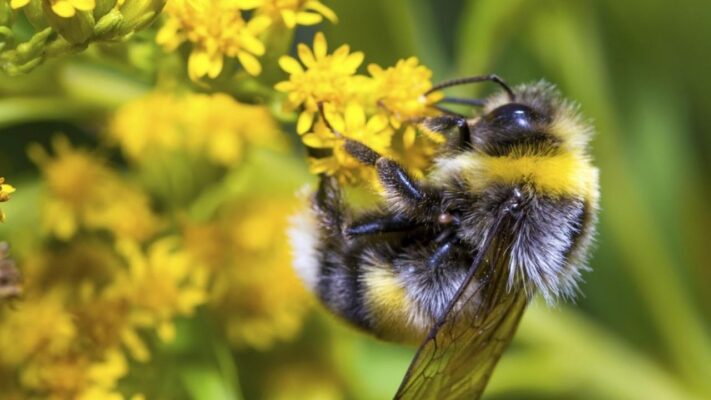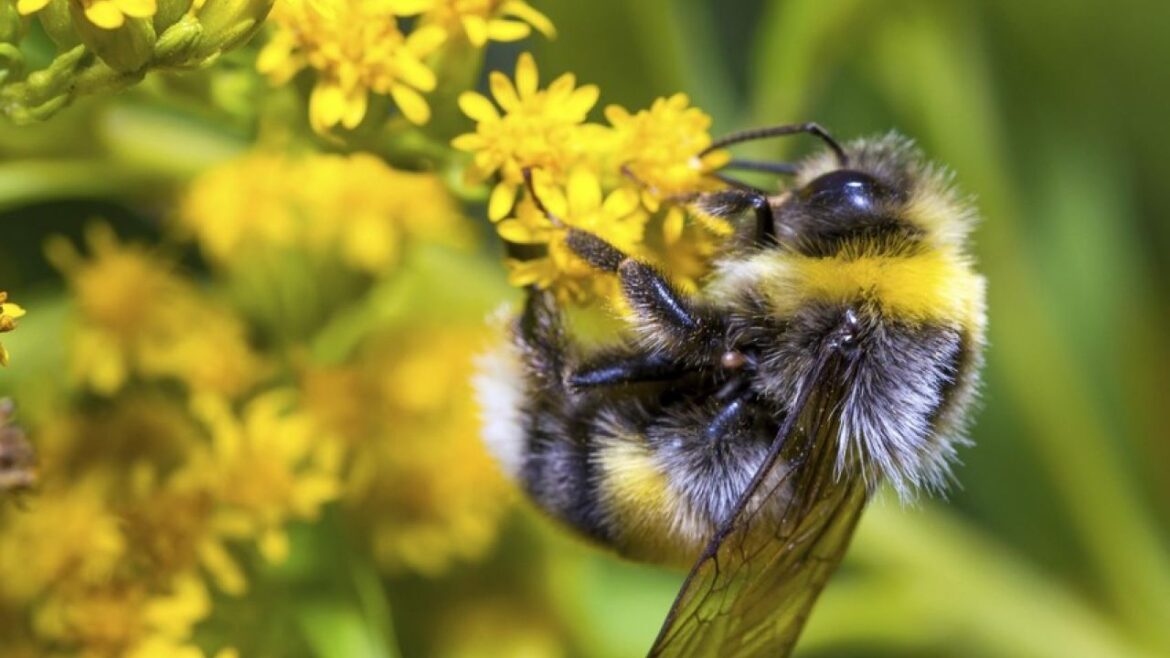 MEMBERS of Derry City and Strabane District Council’s Environment and Regeneration Committee have heard more about Council’s proposed Pollinator Plan for 2021.
MEMBERS of Derry City and Strabane District Council’s Environment and Regeneration Committee have heard more about Council’s proposed Pollinator Plan for 2021.
The Committee endorsed a report at its monthly meeting yesterday detailing actions aimed at enhancing green spaces across the City and District and creating a better habitat for local wildlife.
The plan is part of Council’s Green Infrastructure Plan 2019-32 and follows on from the successful introduction of pilot schemes to ‘re-wild’ areas across a number of urban and rural locations.
Council have been working in partnership with the National Biodiversity Data Centre and its partners, to deliver the All-Ireland Pollinator Plan 2015-2020.
The Green Infrastructure Plan stakeholders are currently reviewing their estate and considering plans for pollinators.
For example, Creggan Country Park worked in partnership with Council in 2020 to pilot a change in grass management at the site, to create species rich grasslands. Also, the Department of Infrastructure have engaged with Council to consider sites that they own and manage that could also benefit from ‘re-wilding’.
Members heard more about Council’s successful introduction of pilot schemes to change the grassland management at ten large greenspaces in 2020 (Bay Road Park, Ballyarnet Country Park, Creggan Burn Park, Culmore Country Park, Kilfennan Valley Park, Marianus Glen, St Columb’s Park, Racecourse Road, Templemore Sports Complex and Top of the Hill Park).
This involved changing the grass cutting regime at 25 ha of Council’s estate from an average of every two weeks between March to October, to only cutting and lifting the grass once a year in late summer.
This allowed for the establishment of wildflower meadows which significantly increased the biodiversity value of these sites, by creating a habitat and food source for the declining bee population.
The committee also received an update on the Don’t Mow Let it Grow campaign which this year will be extended to Strabane, and plans to introduce a pilot change in grass management scheme at Council’s closed cemetery sites.
Council’s Director of Environment and Regeneration Karen Philips told members that the schemes, while promoting the growth of grass in certain areas, would be carefully managed and maintained.
“While this does mean less grass cutting to create a species rich environment, creating a sustainable wildflower meadow is complicated so this has to be careful monitored and maintained.
“All the sites are carefully selected for suitability and in any areas near roads where grass is allowed to grow longer, sightlines are carefully assessed first to ensure visibility is not an issue. The safety of the public is always our priority,” she stressed.
Chair of the Environment and Regeneration Committee, Maurice Devenney, welcomed the report saying: “I want to acknowledge the fantastic work that has gone into the pilot schemes to date.
“I am delighted to see other local stakeholders considering the extension of the pollinator plan to their own sites, and also that Council is working closely with other local authorities to refine schemes like the Don’t Mow Let it Grow scheme.
“This collaborative approach to responsible environmental stewardship will allow us to deliver much more effectively on our collective environmental commitments as set out in our Green Infrastructure Plan.”
Tags:





